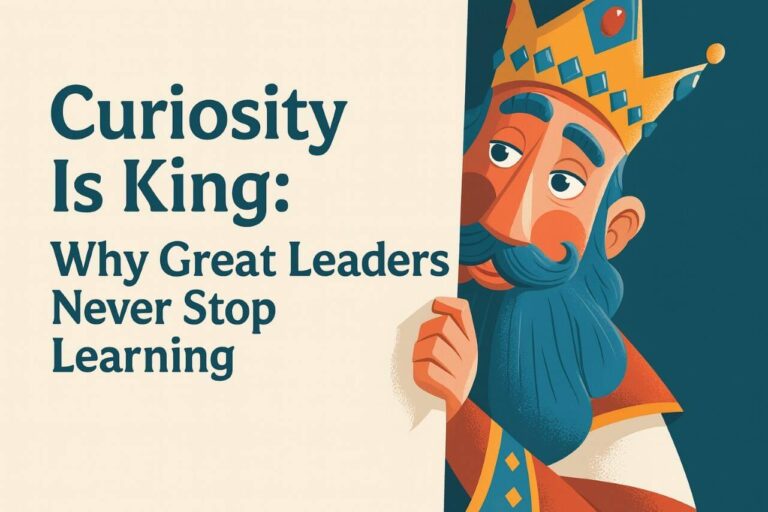LIFE CYCLES, Part XII
As companies navigate through their levels of growth from “Me” to “We” to “Them,” they typically experience the ever-changing nature of business that is described in the book Competing Values Leadership—especially as they mature and grow in size.
A greatly condensed explanation of the book’s premise suggests that as a company grows, its focus shifts from Compete (do things fast) to Create (do things first) to Collaborate (do things together) to Control (do things right). This is a natural part of a company’s growth.
As new leaders emerge within an organization or are brought in from outside, it’s not uncommon to see a company’s culture shift from one value to another as the leaders drive innovation or champion new initiatives. This is also commonly seen when a company changes ownership.
The “Them” phase is also a time when companies start pruning—pruning inefficiencies and waste from their operations; pruning unprofitable or marginally profitable products or services that have grown up around them—and ensuring they have the right people on board to drive sustained profitability.
Let’s take a look at how this plays out in the Business Dynamic of our Sustained Profitable Growth model.
By this phase, revenue streams should be sustainable and diversified without an unhealthy dependence on one customer, economic trends, or unprofitable products or services. As mentioned above, this is frequently brought about through a rigorous pruning process that helps ensure operational efficiency and company profitability.
Because of the size of most “Them” phase companies, they can no longer survive on low-hanging-fruit sales or fly under the radar of larger competitors. “Them” phase companies have an awareness of and a healthy respect for external competitors and the overall competitive landscape that can impact the company.
Companies must also maintain a proactive stance in monitoring and navigating economic conditions, market trends and fluctuations, and regulatory environments, which are things they scarcely concerned themselves with in their earlier phases.
From an operational perspective, “Them” phase companies have systems and documented procedures in place to produce predictable outcomes, maintain product and service quality, and minimize company risk. Key financial and operational metrics are being met on a consistent basis, allowing the company to invest in up-to-date technology and innovation that ensures it maintains market leadership.
The company’s consistent profitability and healthy cash flow allows it to provide compensation and benefits to attract and keep qualified people. As a result, employee retention and employment tenure exceed industry standards and foster a healthy culture.
Managing all of this on their own is beyond the capabilities of even the most competent business leader, which is why the competence of the people the business owner surrounds themself with is so critical to the company’s growth. This is what we’ll discuss in Part XIII of this series.



